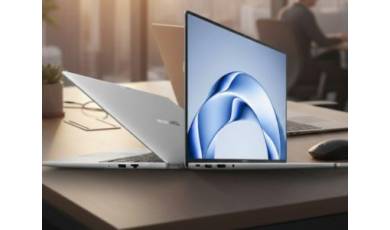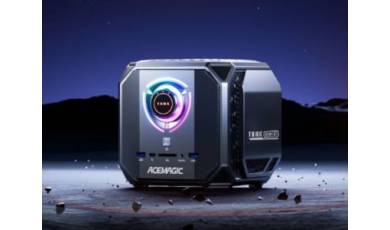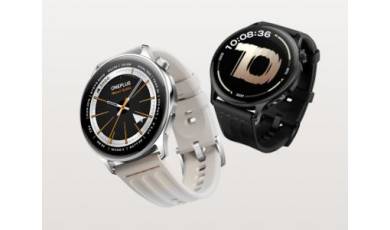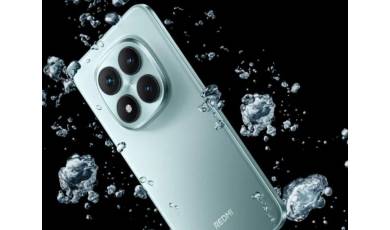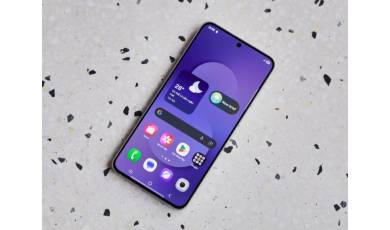Coolpad Puck specs.
Mobiles >> Coolpad >> Coolpad Puck| Specifications | Reviews | Secret codes |
Basic Spec Coolpad Puck
Smart Phone OS: An operating system (OS) is software that interacts between a user and a smartphone.
An operating system (OS) is software that interacts between a user and a smartphone.
Linux
CPU frequency:
1300.0 MHz (1-core)
Chipset: Is a set of chips in the smartphone that control the CPU.
Is a set of chips in the smartphone that control the CPU.
MDM9207
RAM Memory:
128.0 MB
Display Coolpad Puck
Display:
no
Touch screen:
no
Storage Coolpad Puck
Built-in memory:
256.0 MB
Camera Coolpad Puck
Camera:
no
Communication Coolpad Puck
EDGE:
no
GPRS: General Packet Radio Service
General Packet Radio Service
no
GPS: Global Positioning System
Global Positioning System
no
A-GPS: Assisted Global Positioning System
Assisted Global Positioning System
no
LTE:
LTE-FDD: 700, 1700/2100, 1900
HSDPA: High-Speed Downlink Packet Access
High-Speed Downlink Packet Access
yes
USB: Universal Serial Bus
Universal Serial Bus
yes
WAP:
no
Wi-Fi: Wireless lan technology
Wireless lan technology
802.11 b/g/n
Multimedia Coolpad Puck
Audio out:
no
MP3 player:
no
Vibra:
no
Dictaphone:
no
Loudspeaker:
no
Design Coolpad Puck
SIM card size:
Nano Sim
Dimensions:
10.9 x 6.7 x 1.6 mm, vol. 0.1 cm³
Weight:
110.0 g
Phone resistant:
no
Replacement cover:
yes
Battery Coolpad Puck
Capacity:
Li-Ion 2150 mAh
Time talk/stand-by:
5.3 / 48 hrs. (2.0d)
Comments, Questions and Answers about Coolpad Puck
Ask a question about Coolpad Puck

